A bold vision for a climate-neutral and competitive Europe
Next event In person & livestreamed

- Area of Expertise
- Climate, Energy & Natural Resources
Climate, Energy & Natural Resources

Co-Director of the UK Energy Research Centre, former member of the Green Party, UK
The EU has identified resource efficiency as one of the key issues underlying its Europe 2020 strategy of achieving by then an economic growth pattern that is ‘smart, inclusive and sustainable’. The rationale of including resource efficiency as a priority goal (or ‘flagship initiative’ in the language of the Europe 2020 strategy) spans three aims; to move towards a low-carbon energy system, to increase the EU’s resource security and to build a more competitive economy.
These three needs derive from strong evidence that global greenhouse gas emissions need to be reduced in order to mitigate climate change. Also that resource security in the EU, because it is a major importer of raw materials, is threatened by growing global demand for resources and by potential bottlenecks in supply. And third, that there are many measures for both the private and public sectors that could increase resource efficiency with very short payback times, thereby also increasing competitiveness by reducing spending on resources.
In the light of all these benefits of greater resource efficiency, not least its widespread cost effectiveness, it might be imagined that both companies and governments would find it attractive to adopt the measures that could dramatically improve it. But there is now substantial evidence that this simply isn’t the case. Instead, there is a web of interacting constraints, comprising a mix of political, institutional, financial, organisational, behavioural and technological factors. These operate systematically to militate against businesses adopting seemingly rational resource efficiency measures, and which also make it difficult for governments to put in place policies that would stimulate businesses to adopt them.
The EU’s hope is that, by making resource efficiency a key aim, member governments will be encouraged to overcome these difficulties, so that businesses and to a lesser extent consumers will implement the necessary measures.
For greater resource efficiency to be encouraged in this way, there needs to be greater clarity as to how it should be measured, and how progress towards this goal can be monitored. There has been considerable progress in this area since the European Commission first proposed resource efficiency as one of Europe 2020’s ‘flagship initiatives’. It then adopted a roadmap that identified five main resource categories: biodiversity and ecosystem services; energy, carbon emissions from which need to be reduced; materials whose use is measured through material flow analysis; water, which is becoming scarce in some parts of the Europe; and land, in the EU and elsewhere, which is the base resource for biomass production. The European Commission has also identified priority sectors like food, buildings and transport that are responsible for most of households’ resource use. The next priority is to agree and implement policies that will allow progress towards the targets that have been set.
In 2012, the Commission set up a European Resource Efficiency Platform (EREP), involving five members of the Commission, MEPs, member states’ ministers, business leaders, and representatives of academia, NGOs and civil society. EREP issued a “manifesto” on resource efficiency at the end of that year and recommended ‘Action for a Resource-Efficient Europe’ in mid-2013, with the objective of creating growth and jobs and providing incentives to overcome barriers to resource efficiency. It also sought to put a proper value on resources, measure progress and promote new business models. In March of this year, EREP called for a doubling of the rate of increase of resource productivity (measured by the ratio of GDP to the EU’s use of raw materials, including imports) over the period 2001-2008, which would entail an increase of at least 30% by 2030.
Achieving these kinds of resource efficiency increases demands action on a number of fronts. To understand the potential benefits of resource efficiency, all concerned need to recognise that in their journey through the economy, materials have value added to them and become resources and products. But they can also lose value, as resources and products become ‘wastes’, which may be seen from an economic perspective as materials with negative value. Traditionally, the waste management industry adds value to wastes by separating, transporting, or recycling them. As far as the economy as a whole is concerned, this adding value from waste management represents a cost. The key to increasing resource efficiency is to intervene in materials’ journey from resources to wastes by preventing or delaying their loss of value.
The kinds of policies needed to deliver more resource efficiency include some that need to be implemented at EU level. And there are also those that will be more or less completely in the hands of member states. These policies include:
There is already a useful body of experience in many member states regarding these measures and techniques. The resource efficiency policy toolbox is well developed and considerable experience with most of these policies now exists. What is required is a much more systematic implementation of these policies and measures right across Europe.
Next event In person & livestreamed

Past event In person & livestreamed
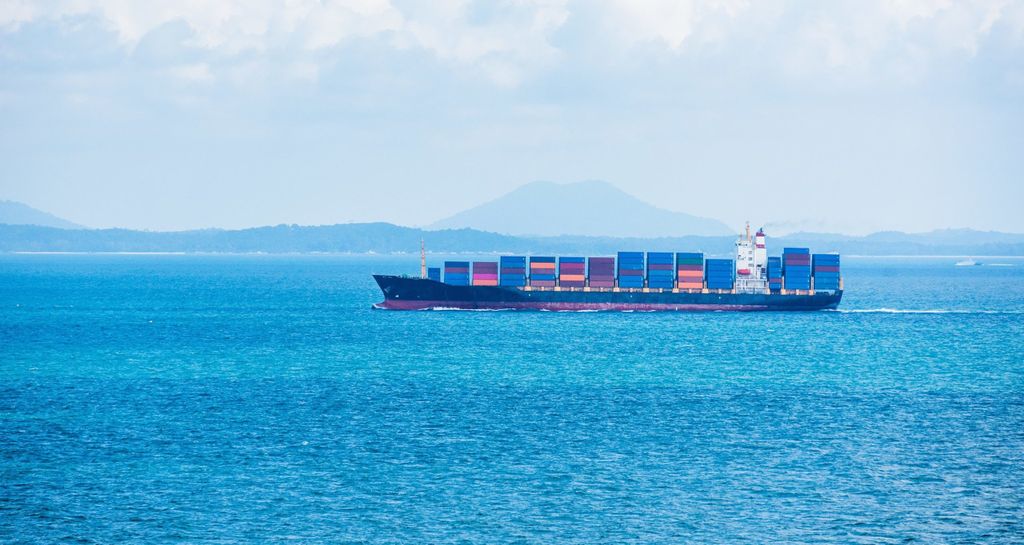
Past event In person & livestreamed
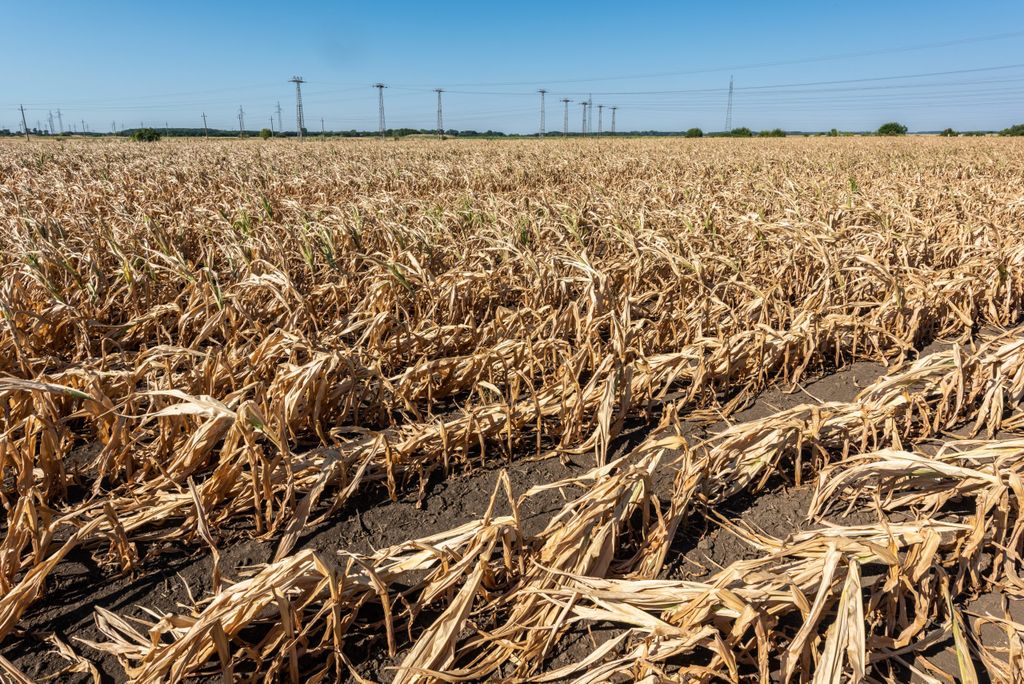
Past event In person & Livestreamed
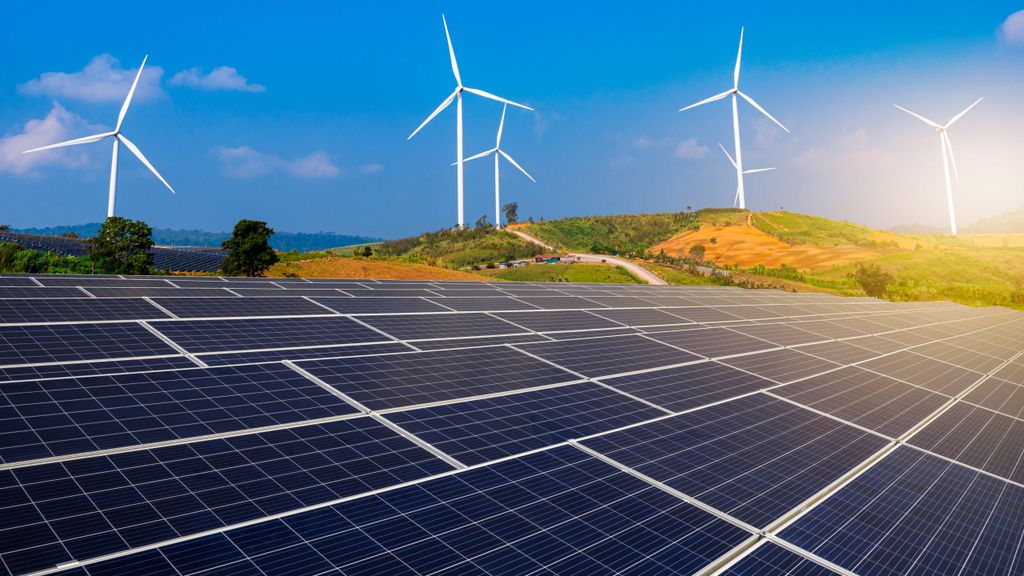

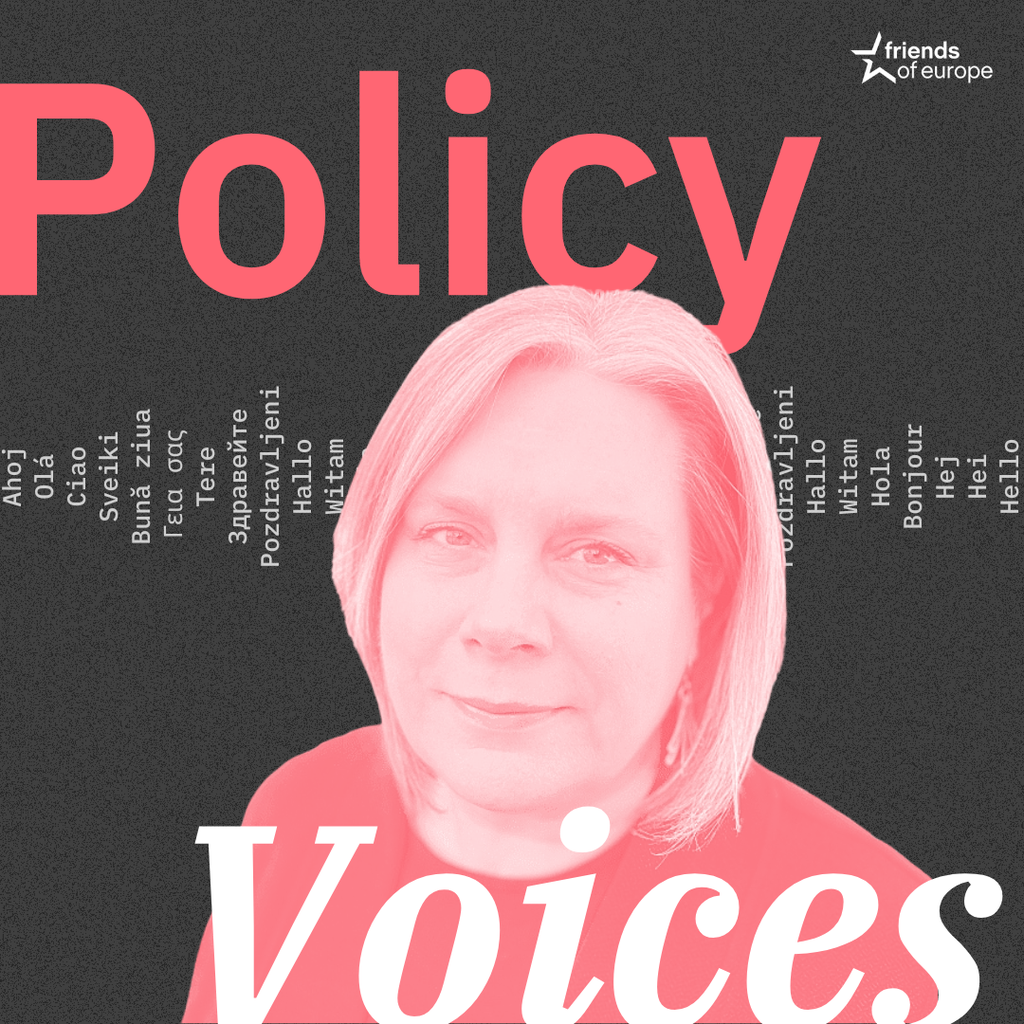

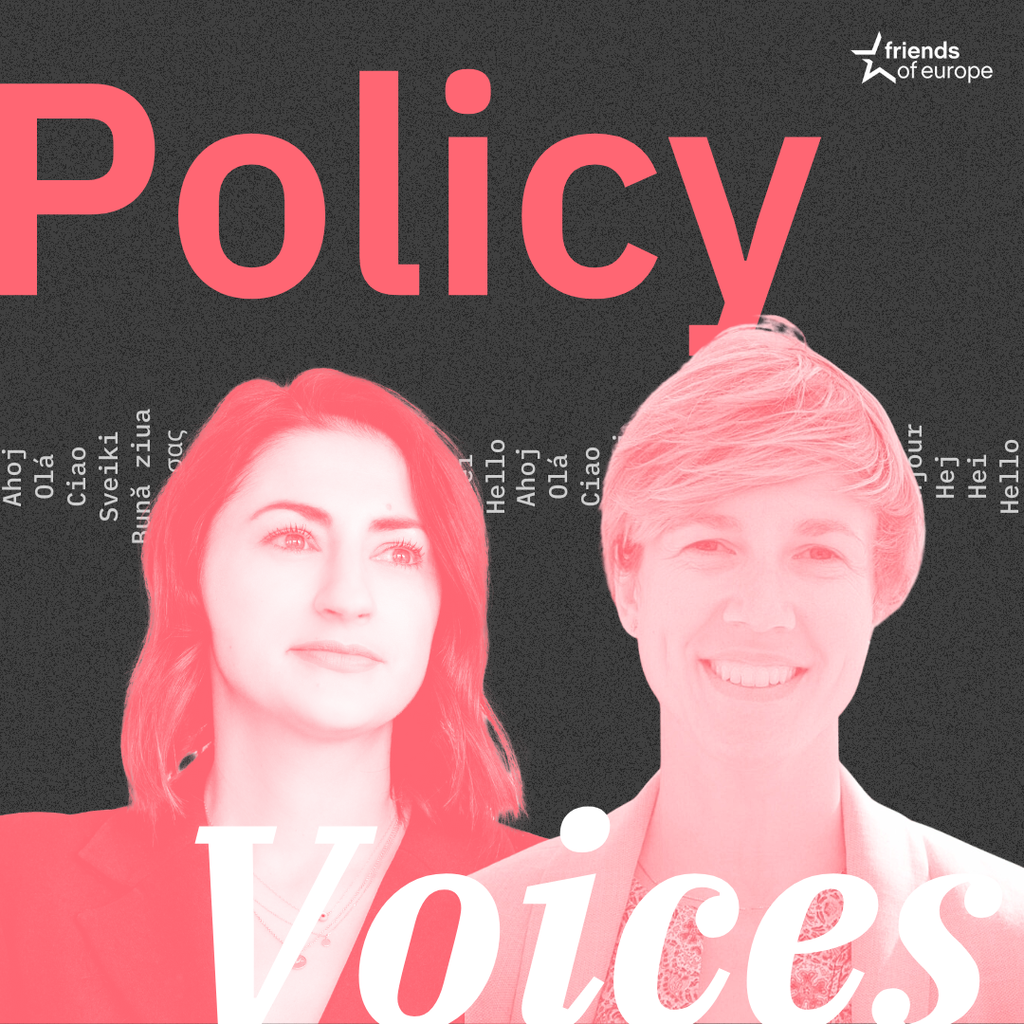
Stay informed
We use cookies and similar technologies to adjust your preferences, analyze traffic and measure the effectiveness of our campaigns. Learn more about our privacy policy.